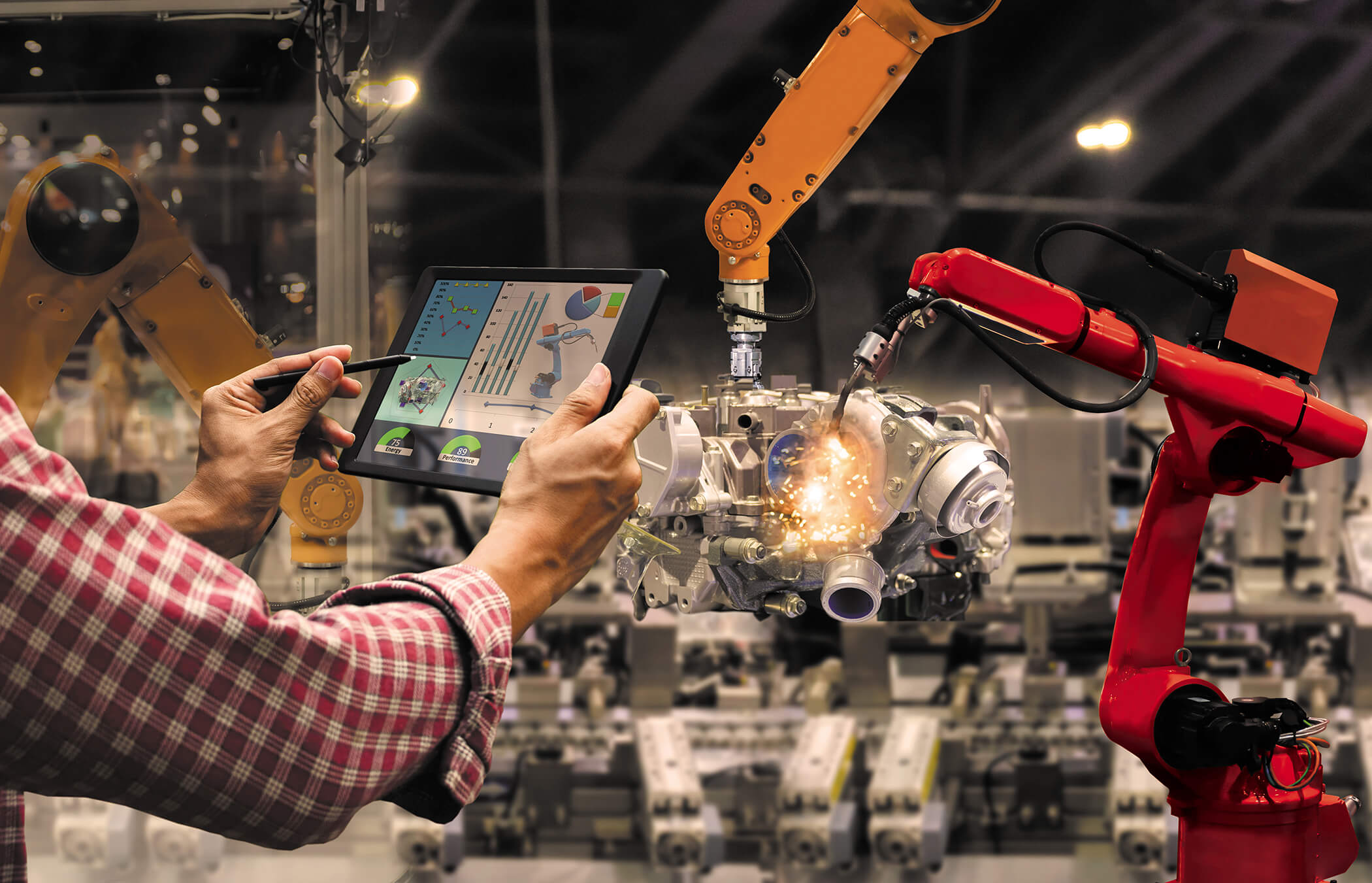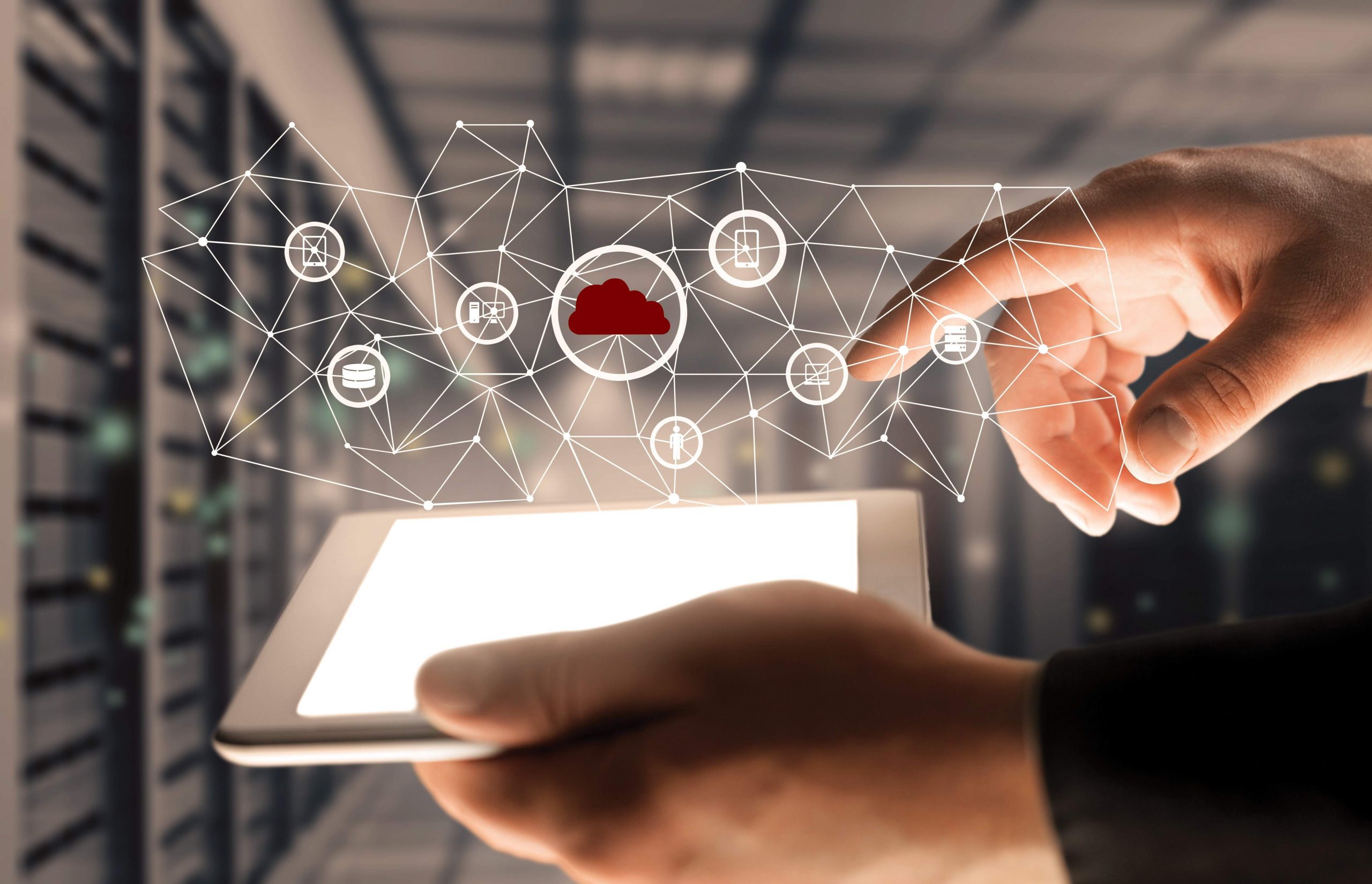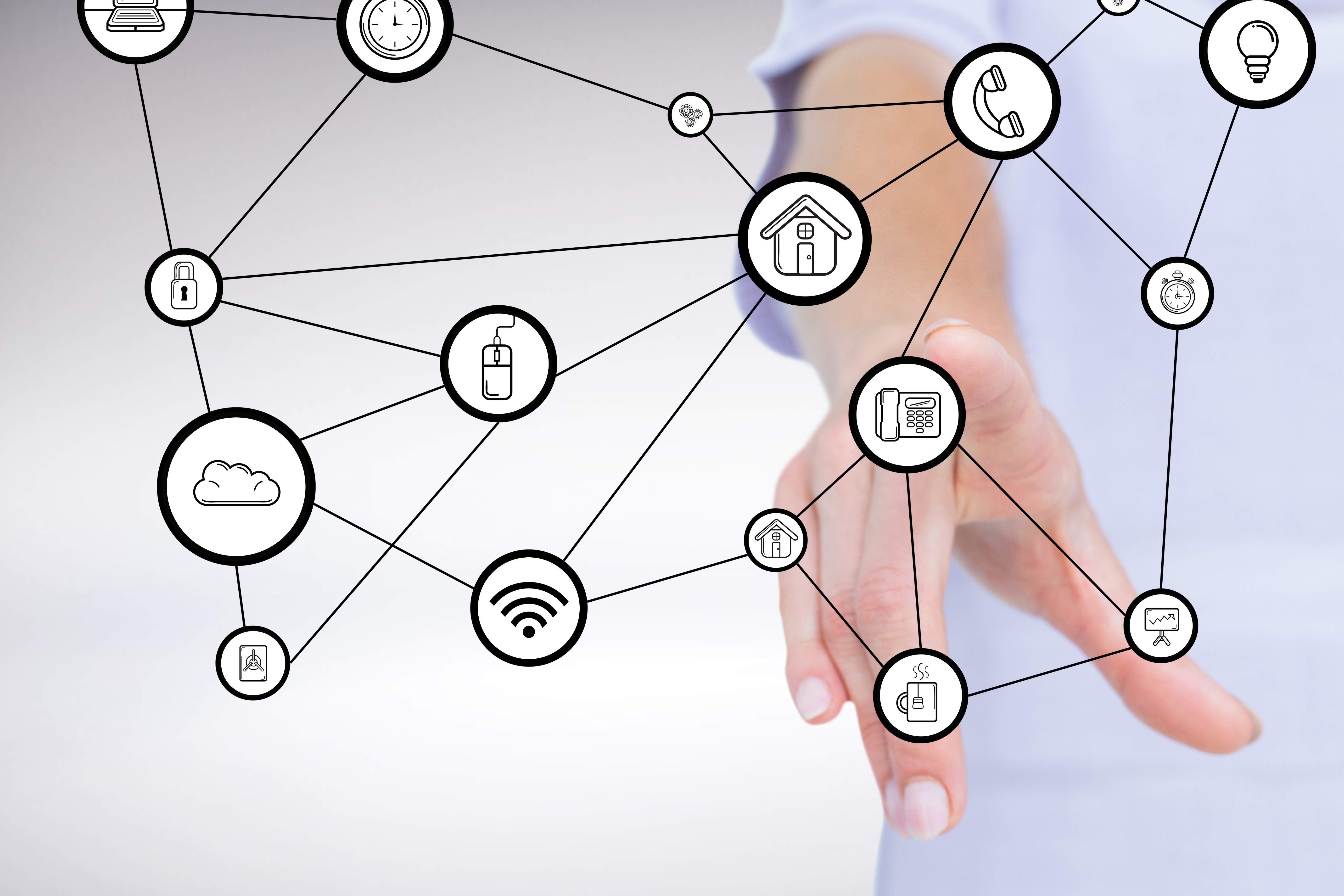IoT Sensors – Developing Safer, Smarter & Reliable Solutions for Businesses
-
May 12, 2024
-
5 min read

In a rapidly evolving technological landscape, the Internet of Things (IoT) has become an indispensable tool. It can seamlessly connect and empower devices, systems, and environments like never before. At the core of this transformed and interconnected world lies a crucial component. This is an IoT sensor.These devices can collect data and enable smart decision-making processes across industries. They are the building blocks of IoT and have the potential to reshape the way we live and work.
What Are IoT Sensors?
IoT sensors are specialised devices designed to monitor and collect data from the physical world. They serve as the essential bridge that connects the physical environment to the digital realm. They enable real-time data collection and transmission to remote servers or other IoT devices. In essence, the sensors act as the nervous system of the IoT, facilitating the exchange of information between objects, systems, and applications.
These sensors work by detecting changes or events in the physical world. Then, they convert this information into digital data that can be transmitted over the internet. Sensors come in various forms. They are typically small, lightweight and low-cost. They can be either wired or wireless, depending on the application. Communication protocols such as Wi-Fi and Bluetooth are often used to facilitate data exchange between sensors and other devices within the network.
How Do IoT Sensors Work?
IoT sensors detect and transmit information. The basic working principle can be broken down into three steps:
- Data Acquisition: In this stage, the sensor collects data from its surroundings, typically by measuring parameters such as temperature, humidity, motion, light, pressure, or other relevant factors.
- Data Processing: Once the data is collected, it undergoes processing within the sensor itself or through an attached microcontroller. This processing step often includes filtering, amplification, or analog-to-digital conversion to ensure that the data is accurate and ready for transmission.
- Data Transmission: Processed data is then transmitted over a network. This transmission is typically carried out via Wi-Fi, cellular connections, or low-power communication protocols. The data is sent to a central server or other IoT connectivity devices for analysis and further action.
Types of IoT Sensors
Sensors for IoT come in a wide range. Each one is designed to monitor specific environmental factors or conditions. The selection of the right type depends on the application and the data that needs to be collected. Here are some common types across industries:
- Temperature Sensors: These sensors measure temperature variations and are commonly used in climate control and food storage applications.
- Motion Sensors: Motion detectors detect movement in their field of view, making them vital for security and automation purposes.
- Environmental Sensors: These sensors measure parameters such as humidity, air quality, and gas levels, contributing to environmental monitoring and control.
- Proximity Sensors: Proximity sensors identify the presence or absence of an object within a specified range, commonly used in industrial automation and interactive displays.
- Light Sensors: Also known as photodetectors, they measure light intensity and are found in applications like ambient lighting control, photography, and automatic street lighting.
- Pressure Sensors: These sensors gauge pressure changes and are critical in industries such as aviation for altitude measurements and healthcare for blood pressure monitoring.
- Biometric Sensors: Biometric sensors, like fingerprint and facial recognition sensors, provide secure access to devices and locations, enhancing security and convenience.
Use Cases and Applications
Sensors for IoT have proved to be invaluable across domains and applications. Here are some notable use cases:
- Smart Homes: Sensors enable home automation by controlling lighting, heating, and security systems. This provides enhanced convenience and energy efficiency, while also enhancing security through smart doorbell cameras and sensors.
- Agriculture: Sensors help farmers monitor soil conditions, weather, and crop health, allowing for optimised farming practices and resource management.
- Healthcare: Medical sensors track patient vital signs, and medication adherence, and provide remote monitoring, improving patient care and reducing hospital visits.
- Industrial IoT (IIoT): Sensors in factories and manufacturing plants monitor machine health, predict maintenance needs, and enhance operational efficiency by reducing downtime and costs.
- Environmental Monitoring: Sensors track air and water quality, helping governments and organizations address environmental concerns, manage resources, and improve public health.
In summary, sensors play a pivotal role in the use of IoT applications. They improve efficiency, reduce costs, and enhance safety across a wide range of applications.
From the smart homes and cities of the future to data-driven industries and sustainable agriculture, IoT sensors are instrumental in shaping a smarter, more connected world.
Benefits of IoT Sensors
The incorporation of sensors into business operations for IoT brings about several significant benefits:
- Real-Time Data: Sensors provide real-time data, enabling an immediate response to changing conditions and improved decision-making. This is critical in areas such as security and industrial automation.
- Efficiency: Sensors enhance operational efficiency and resource management, reducing waste and saving costs. For instance, in agriculture, sensors help optimise irrigation, reducing water usage.
- Predictive Maintenance: Sensors can predict equipment failures, reducing downtime and maintenance costs in industrial settings.
- Safety and Security: Sensors improve safety through monitoring and automation. They can detect intruders in a smart home or monitor critical equipment in a factory, enhancing overall safety and security.
- Sustainability: Sensors enable environmental monitoring and resource optimization. By managing resources more efficiently, they contribute to a more sustainable and eco-friendly future. For example, in smart cities, sensors help optimize traffic management, reducing pollution.
To Sum Up
In conclusion, sensors are the foundation of the IoT ecosystem. They enable the digital transformation of business activities. They collect, process, and transmit data from the physical environment. These actions open up opportunities for innovation and efficiency across industries. As IoT continues to evolve, the role of sensors will become more prominent. They will help to shape a smarter and more connected future. To discover more about IoT sensors and future-ready solutions, get in touch with Airtel today.
 Share
Share









